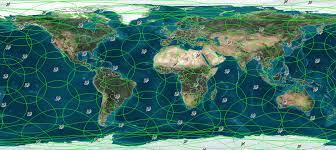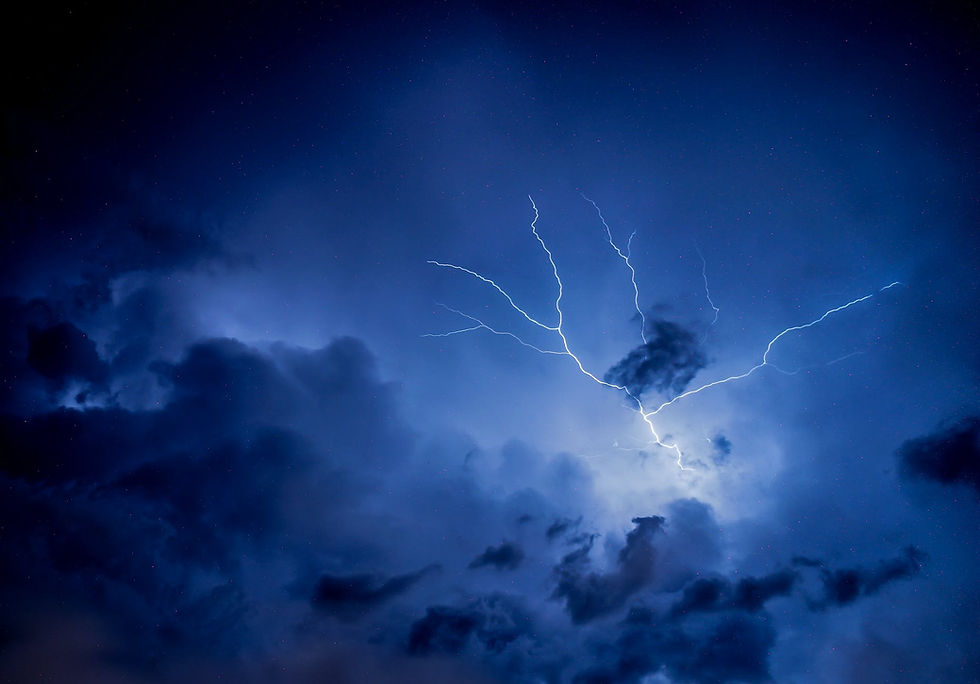Satellite messengers & trackers
- Australia Overland

- Apr 4, 2021
- 5 min read
Updated: Apr 5, 2021
What's the difference between the Garmin inReach Mini, Spot X, Spot Gen4, and Zoleo Communicator?
When I'm in the deep outback, I carry a PLB and a satphone for emergency communication. But there is a new breed of 'satellite communicator' device that sits somewhere in between.
These offer comparable emergency alerting coverage to a PLB, but can also send other messages and your position. You might use this for "I'm OK mum", "I'm running a day late", "the Land Rover has broken down again", or whatever suits your needs.
A text message from a satphone achieves broadly the same thing, but not everyone has/needs a satphone, and they can be expensive to buy and use.
Comparison
The four satellite communicators most suited to vehicle-mounted use are the Garmin inReach Mini, Spot X, Spot Gen4, and Zoleo Communicator. Here's how they stack up.
Emergency/SOS
All of these devices send your distress signal to a US-based company called GEOS. They have an excellent record over a couple of decades now; don't be too concerned about that. They will send the fact you pressed your SOS button, and your position, to the Australian Joint Rescue Coordination Centre in Canberra. In turn, the JRCC will coordinate local emergency services.
A PLB, by comparison, sends a distress signal and your position directly to the JRCC and your emergency is handled directly by them, no GEOS involved.
From your perspective lying on the WAA line with a death adder clamped to your nuts, there is no practical difference between these approaches, but... Your PLB requires no charging, maintenance or fees and will work provided the seven-year expiry date on the case has not passed (and even then, it will still work with less battery life). Your Spot/Garmin/Zoleo, however, will do exactly nothing if you forgot to update your credit card info before you set off, or you forgot to charge it last night.
None of these devices are alternatives to a PLB for these reasons.
Network
Spot uses Globalstar; the others use Iridium. For land-based usage in Australia both are excellent networks; if you plan to roam globally (particularly for marine use) then do some more research on network coverage as it applies to you.
Uniquely the Zoleo Communicator carries a 4G SIM card, so when it's inside 4G coverage it will revert to 4G messaging, which is free. I'm not sure that's really a big deal, since if I'm within phone range I'll just... use my phone. But it is something the others can't match.
Globalstar (top) and Iridium (bottom). Iridium has true global coverage but both are fine in Australia.
Location tracking
All of these devices can send your position to contacts, and/or display it on a private website. This can be useful for friends and family to follow your trip, or for social media junkies to include on their pages.
The Zoleo sends position reports on demand as a message. The Spots and Garmin provide location tracking separately to their messaging functions. How often they update your position can be changed, and the more you pay for your service the more frequent it can be. Maybe you want Aunt Ethel to know you've been stationary at the Purni Bore Public Toilet for 20 minutes. Maybe you don't.
I'd be pretty happy with only sending my position each night at camp, and maybe at lunchtime. Enough to let the people back home know roughly where I am, and tell the authorities where they last heard from me if I go missing. But I don't need them timing my bathroom breaks.
Interface
The Spot X is the only stand-alone device here. It can send and receive messages directly with its own keyboard and display. The Spot Gen4, on the other hand, can only send pre-programmed messages that can't be changed out bush and cannot receive messages at all. These two represent the highest and lowest levels of functionality of these devices.
The Zoleo Communicator and Garmin inReach Mini need to pair to your smart device to send custom messages or read incoming messages, but can send SOS and pre-set messages with buttons on the device itself.
For the message recipient, the Spot and Garmin devices come through as an email or SMS with a web link. They then have to log into a website to view and reply. The Zoleo has a normal Australian mobile number, and your recipients can receive and reply to your messages directly from their phone in most cases.
Weather
When you're completely out of comms in the GAFA and you've been there for weeks, knowing what the weather is doing suddenly becomes important. I cannot over-emphasise how much you do not want to be on Queensland's black soil plains if it rains, or get trapped by a rising creek in the High Country, or get hit by a cyclone in the Gulf Savannah.
There are a number of ways to get remote area weather forecasts - HF radio and satellite phone being the two most common. But the Garmin and Zoleo devices add a third way, sending weather forecasts for your coordinates on demand. The Spot doesn't have an equivalent function.
Pricing
In working out these prices, I've made several assumptions about how I will use the service:
Active for two months per year
Send a position report once per day (30 reports per month)
Send a pre-set message once per day ("I'm OK") (30 pre-set messages per month)
Receive one daily basic weather forecast (30 reports per month).
I've picked the cheapest plan for my intended usage, not necessarily the cheapest plan. All prices are current as at 03 April 2021. Your usage may vary, and you should do your own research on pricing that might suit you.
Garmin inReach Mini - $470 upfront, $176pa
The Garmin inReach Mini costs $470 to buy and then $176 on their Recreation freedom plan (for two months' service including connection fees). This includes a monthly allowance of:
40 custom messages
unlimited pre-set messages
unlimited tracking (at 10+ minute intervals)
basic weather forecasts (costs one custom message)
excess custom messages 75c each.
Spot X - $469 upfront, $112pa
The Spot X costs $469 to buy and then $112 on their Basic Flex plan (for two months' service including connection fees). Note these costs are billed in USD, so the prices here are correct for 03 April 2021 (at AUD/USD=0.76). This includes a monthly allowance of:
20 custom messages
unlimited pre-set messages
unlimited tracking (at 10+ minute intervals)
no weather service
excess custom messages 33c each.
Spot Gen4 - $239 upfront, $110pa
The Spot Gen4 costs $239 to buy and then $114 on their Basic Flex plan (for two months' service including connection fees). Note these costs are billed in USD, so the prices here are correct for 03 April 2021 (at AUD/USD=0.76). This includes a monthly allowance of:
no custom messages possible
unlimited pre-set messages
unlimited tracking (at 5+ minute intervals)
no weather service.
Zoleo Communicator - $345 upfront, $205pa
The Zoleo Communicator costs $345 to buy and then $205 on their In Touch monthly plan (for three months' service - the minimum permitted - including connection fees). This includes a monthly allowance of:
250 custom and/or pre-set messages
position check-in on demand (costs one message)
Dark Sky weather forecast (costs one message)
excess custom messages 50c each.
Which one to buy?
Really, all four of these devices can make a case for themselves depending how you want to use them.
If all you want is emergency tracking and check-in features, the Spot Gen4 is a stand-out value winner. If you will rely on your device as your primary means of communication, then the Spot X makes the most sense: it doesn't rely on any other devices to work, can send and receive messages, and tracks your position. The Garmin sits somewhere in the middle.
I can't see the role of the Zoleo Communicator for overland use. If all you want is to send and receive messages, the cost of satphones is plummeting - both handsets and service plans - and a satphone can do everything the Zoleo can, and the comparably-priced Garmin can do more than the Zoleo can.
In fact, I can't see that any of these devices offer the overlander much more than a satphone, except the position tracking - that would be really comforting for solo adventurers with family at home. If the idea of position tracking appeals to you, then I suggest a cheap satphone plan (or just hire one), paired with the Spot Gen4.
















Comments